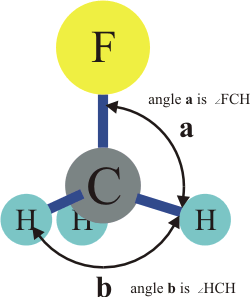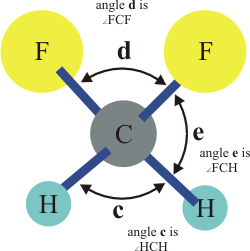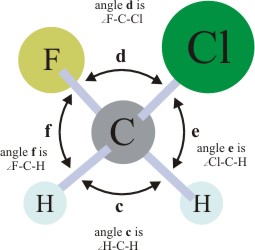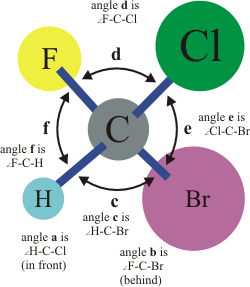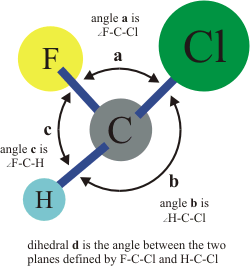-
Home
- All data for one species
-
Geometry
- Experimental
- Calculated
- Comparisons
- Bad Calculations
- Tutorials and Explanations
-
Vibrations
- Experimental
- Calculated
- Scale factors
- Reactions
- Entropies
- Ions
-
Experimental
- One molecule all properties
- One property a few molecules
- Geometry
- Vibrations
- Energy
- Electrostatics
- Reference Data
- Calculated
-
Energy
- Optimized
- Reaction
- Internal Rotation
- Orbital
- Nuclear repulsion energy
- Correlation
- Ion
- Excited State
- Basis Set Extrapolation
- Geometry
- Calculated geometry
- Rotation
- Point group
- State symmetry
- <r2>
- Z-matrix
- Bad Calculations
- Vibrations
- Electrostatics
- Entropy and Heat Capacity
- Reaction
- Lookup by property
-
Energy
- Comparisons
- Geometry
- Bonds, angles
- Rotation
- Point group
- Vibrations
- Energy
- Entropy
- Electrostatics
- Ion
- Geometry
- Resources
- FAQ Help
- Units
- Choose Units
- Explanations
- Credits
- Just show me
- Summary
- Using
-
List
- Recent molecules
- Molecules
- Geometry
- Vibrations
- Energy
- Similar molecules
- Ions, Dipoles, etc.
- Index of CCCBDB
- Feedback
- Units
